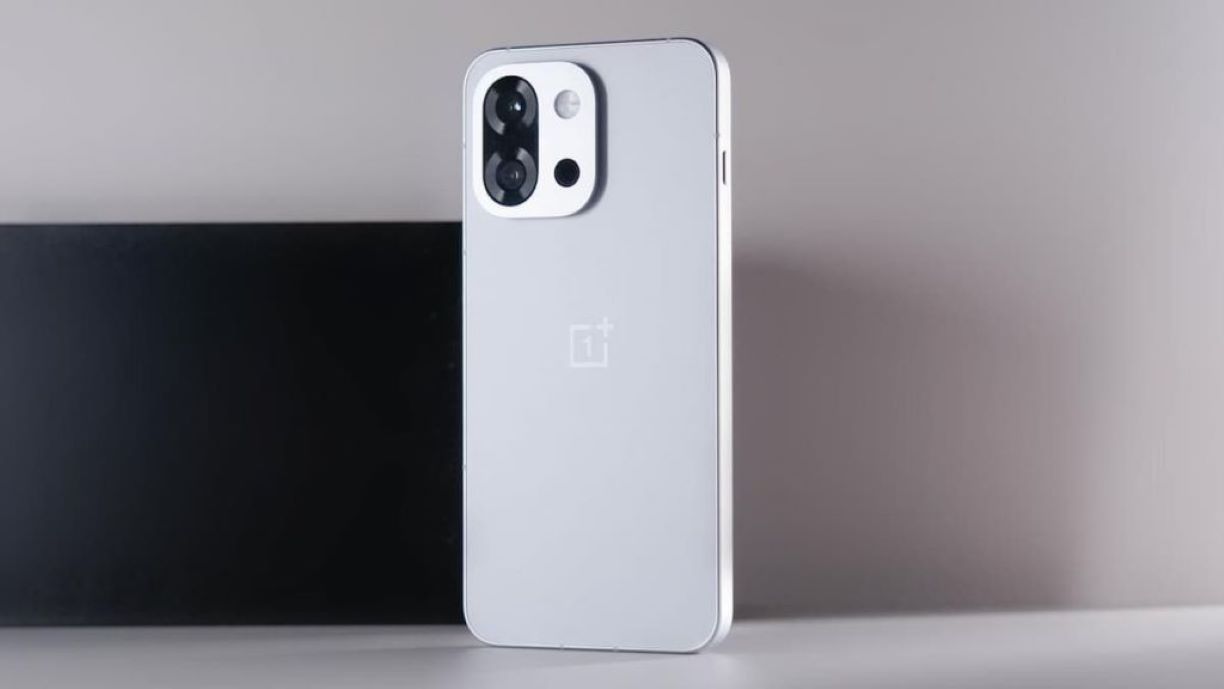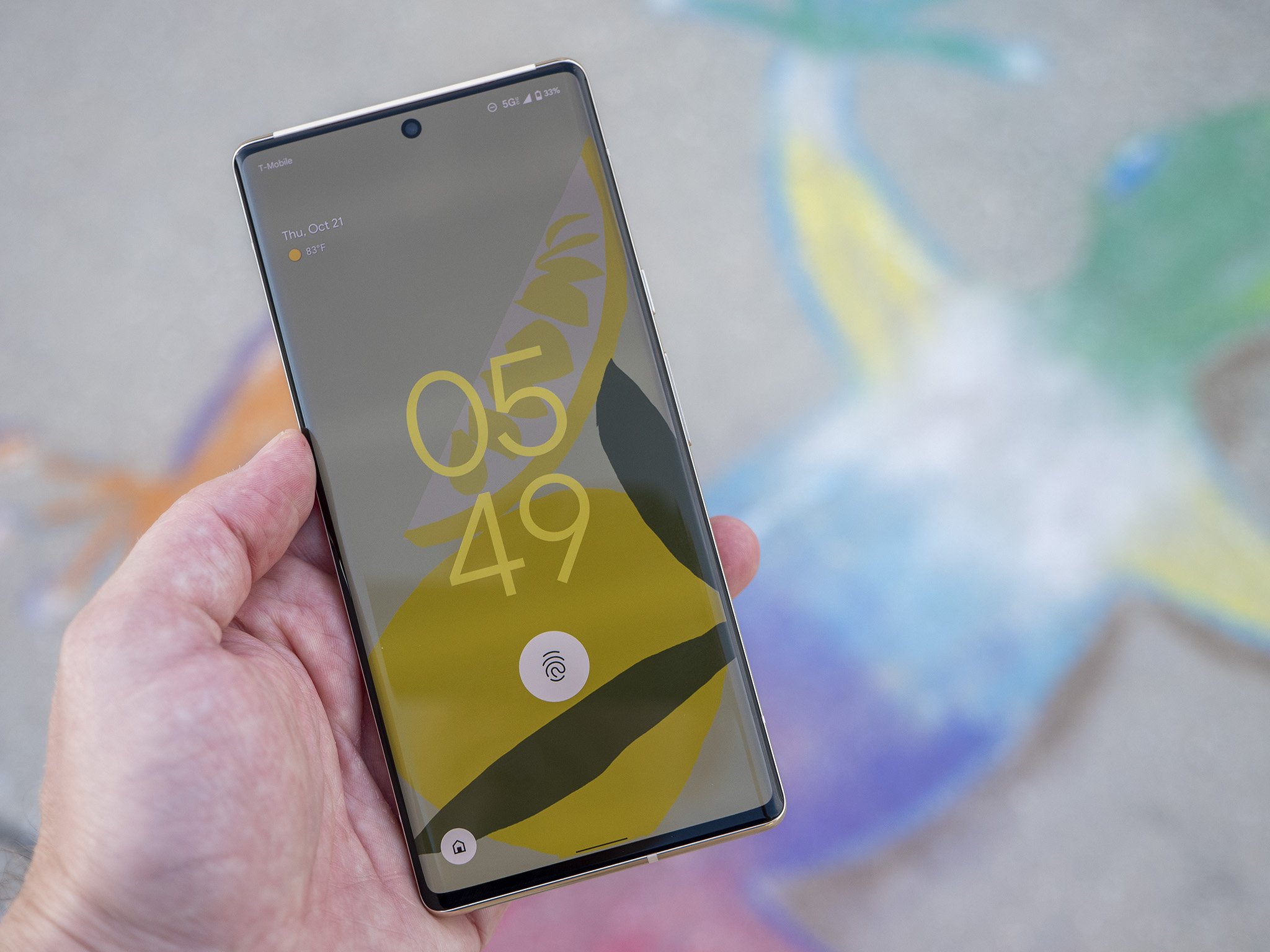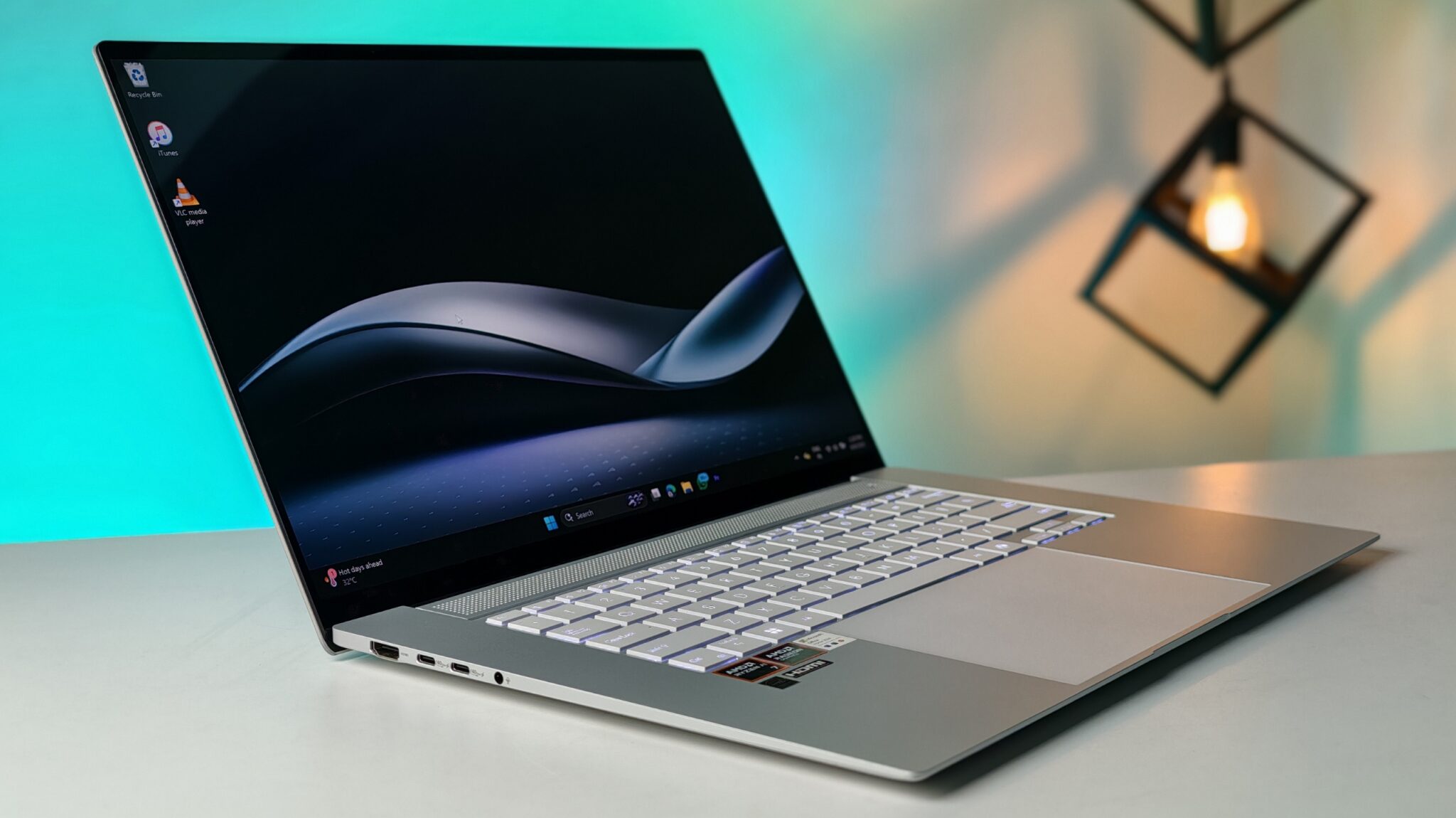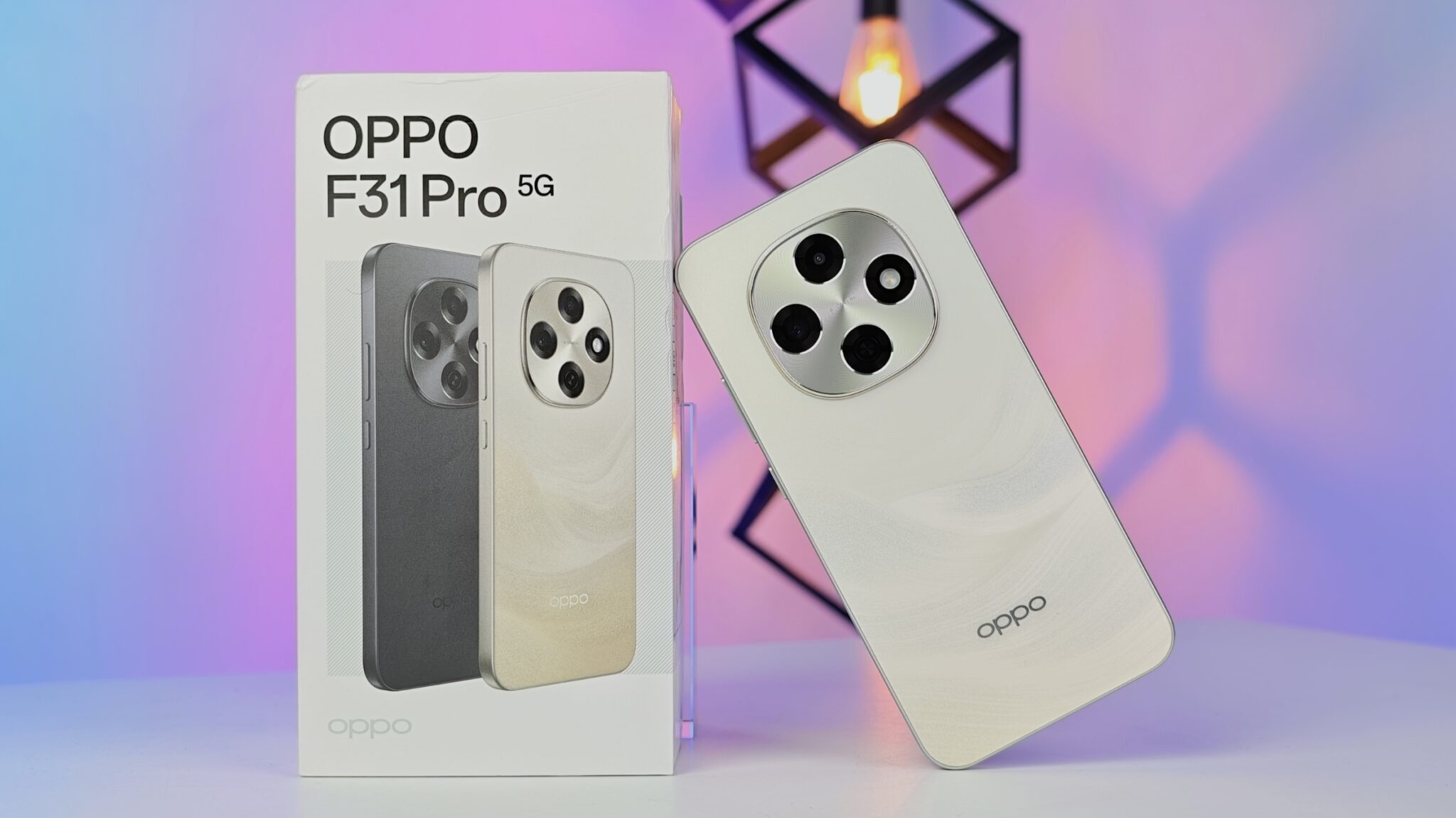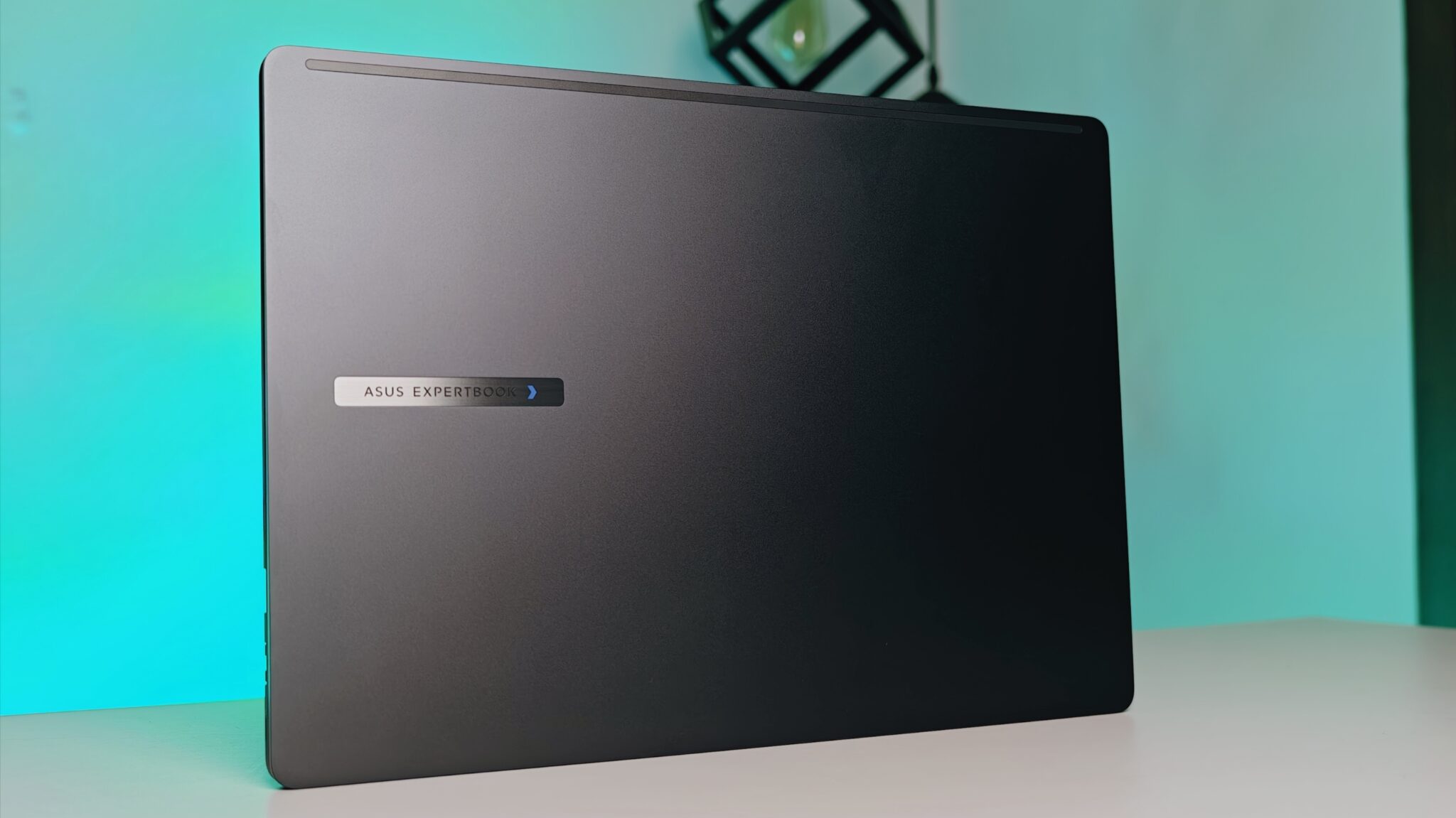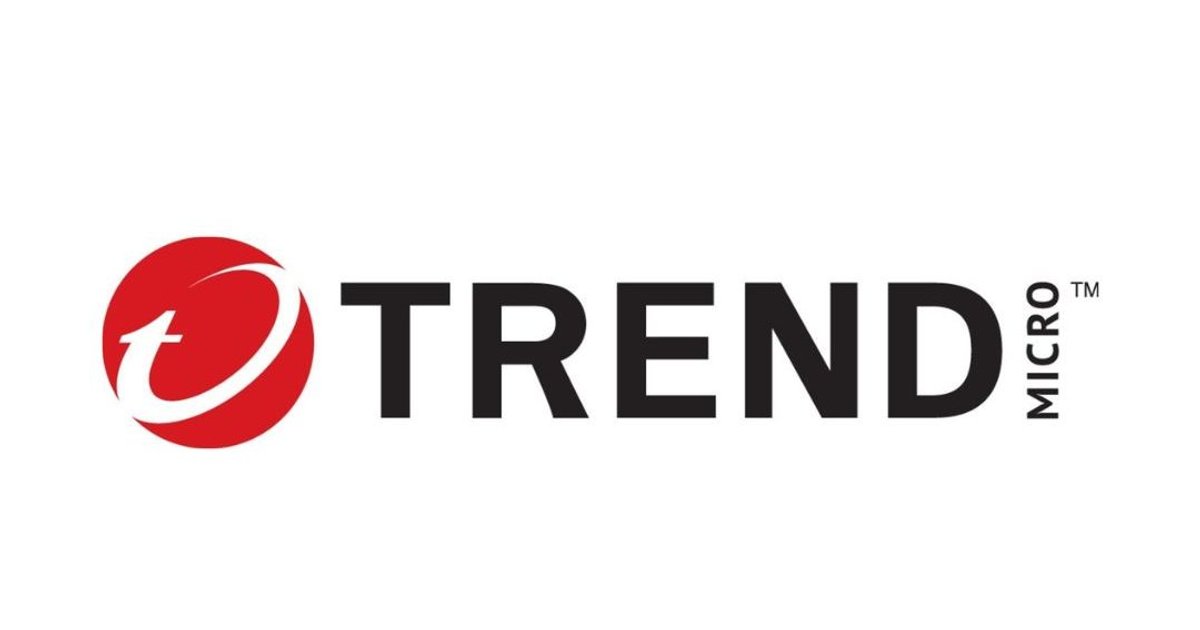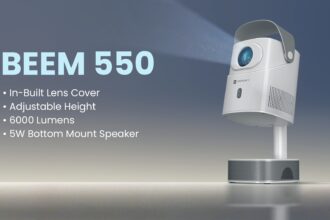For years, a significant number of smartphone users in India have felt a pang of longing. They craved flagship power without the ever-increasing size that turned phones into unwieldy slabs. While manufacturers pushed the boundaries of display size, a vocal segment yearned for a device that fit comfortably in one hand or slipped easily into a pocket, yet still packed a serious punch. It felt like a forgotten form factor, a compromise forced upon consumers.
Now, OnePlus appears to be directly addressing that desire, announcing what it calls its first “compact flagship smartphone” for the Indian market: the OnePlus 13s. And it arrives wielding Qualcomm’s top-tier Snapdragon 8 Elite processor, signaling a clear intent to challenge the notion that smaller size means compromised performance.
The news, confirmed by OnePlus India, has certainly stirred the pot in the tech community. It’s not just another phone launch; it feels like a direct response to years of feedback, a acknowledgment that a significant portion of the market values usability and portability alongside raw power. For many, the dream of a compact phone with flagship-grade performance felt increasingly distant, dominated by larger and larger devices. The OnePlus 13s aims to change that narrative.
At the heart of this new offering is the Snapdragon 8 Elite Mobile Platform. While the specific branding might be slightly tweaked, all signs point to this being a derivative of Qualcomm’s latest and most powerful chips, designed to deliver blistering speed, handle demanding games with ease, and power advanced AI features. This is not a mid-range chip tucked into a smaller body; this is serious silicon intended for top-tier performance. Running graphics-intensive applications, multitasking between heavy apps, or simply navigating the interface should feel incredibly smooth and responsive. This kind of processing muscle in a device positioned as “compact” is a compelling combination.
So, how compact is “compact” in OnePlus’s eyes? The OnePlus 13s features a 6.32-inch display. In today’s smartphone landscape, where 6.7 inches and above are common for flagships, 6.32 inches does feel noticeably smaller. It’s a size that many remember fondly from previous generations, a sweet spot for comfortable one-handed use for a wider range of people. While not tiny, it represents a significant step back from the larger dimensions of many contemporary high-end smartphones, offering a welcome change for those who prioritize ergonomics. The display itself is expected to be a high-quality panel, likely an AMOLED with a high refresh rate, ensuring vibrant visuals and smooth scrolling, a hallmark of the OnePlus experience.
One interesting design shift on the OnePlus 13s is the apparent removal of the signature OnePlus alert slider. In its place, reports suggest a programmable action button, similar to what we’ve seen on some other recent devices. While some long-time OnePlus fans might miss the tactile feel and instant silent mode of the alert slider, a programmable button offers new possibilities for customization, allowing users to quickly access their most-used functions or trigger specific actions. This change, though potentially divisive, reflects a willingness to experiment with the user interface and offer greater personalization.
Camera capabilities are a crucial aspect of any flagship-tier phone, and the OnePlus 13s doesn’t appear to be holding back despite its size. Information points to a dual-camera setup on the rear, headlined by two 50MP sensors. This configuration suggests a focus on delivering high-resolution, detailed photographs. One of the 50MP sensors is expected to be the main wide lens, while the other is rumored to be a telephoto lens, offering optical zoom capabilities. This is a smart move for a compact device, providing versatility for capturing both standard shots and getting closer to the action without relying solely on digital zoom, which often sacrifices image quality. While some larger flagships boast triple or even quad-camera setups with ultrawide lenses, the dual 50MP configuration with telephoto capabilities positions the 13s as a strong photographic contender in its class.
Battery life is often a concern with smaller phones packing powerful processors. However, the OnePlus 13s seems to defy expectations in this area as well. Multiple sources indicate a substantial 6260 mAh battery. This is a surprisingly large capacity for a device with a 6.32-inch display and a high-performance chip. This generous battery, combined with potential software optimizations and the efficiency of the Snapdragon 8 Elite, could translate into impressive uptime, alleviating the battery anxiety often associated with compact form factors. And when the battery does need a top-up, fast charging is on board. While some reports mention 100W charging, others lean towards 80W, aligning with the specifications of the OnePlus 13T from which the 13s is likely derived. Even at 80W, this is exceptionally fast charging, capable of replenishing a significant portion of the battery in a short amount of time.
The OnePlus 13s is expected to launch in India in two color options: Black Velvet and Pink Satin. These finishes suggest a focus on aesthetics and offering choices that appeal to different tastes. The “Black Velvet” evokes a sense of classic elegance, while the “Pink Satin” adds a touch of vibrancy and modernity to the lineup. The build quality is also likely to be premium, given its positioning as a “compact flagship.”
While OnePlus has confirmed the device and its key specifications, an official launch date and the exact pricing for the Indian market are still under wraps. However, based on the specifications and its likely positioning within the OnePlus portfolio, it is expected to fall in the upper mid-range to lower flagship price bracket, with estimates suggesting a price point around ₹50,000. This would place it in direct competition with other performance-oriented smartphones in that segment, including some devices that might be larger in size.
The OnePlus 13s represents a calculated move by OnePlus to cater to a segment of the market that has felt underserved. It’s a clear statement that flagship power doesn’t necessarily require a phablet-sized body. By combining the potent Snapdragon 8 Elite with a more manageable display size and a large battery, OnePlus is offering a compelling option for those who have been holding out for a high-performance smartphone that is comfortable to use and carry. Whether this “compact flagship” resonates widely with Indian consumers remains to be seen, but it certainly provides a long-awaited choice for those who believe that sometimes, less can indeed be more, especially when it comes to phone size.


